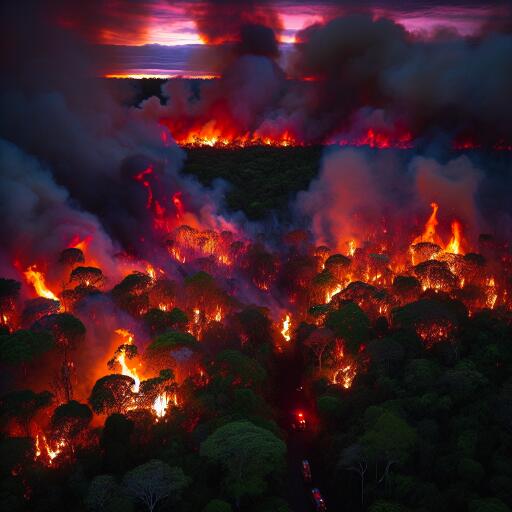
Lake Fire Devastates Critical Research Hub at Sedgwick Reserve
In a distressing turn of events this past week, the Sedgwick Reserve, a cornerstone for climate science and fire ecology research nestled in Santa Barbara County, has fallen victim to the ravaging Lake fire. Reports have emerged that the blaze has consumed nearly half of the reserve’s expanse, marking a significant blow to ongoing scientific inquiry and conservation efforts.
Spanning an impressive 6,000 acres, the reserve, which falls under the stewardship of the University of California-Santa Barbara, is positioned northeast of the picturesque Santa Ynez Valley near Los Olivos. This critical habitat and research facility sits vulnerably at the southern rim of the ever-expanding Lake fire.
The wildfire ignited near Zaca Lake on the afternoon of July 5 and has ballooned to over 36,000 acres with only 16% containment achieved, as fire officials race against time to quell its advance. The origins of the Lake fire remain under meticulous investigation by authorities.
The damage toll has been severe, not only in terms of acreage but also the potential loss and damage to valuable scientific assets and data. The blaze has mercilessly swept through thousands of acres of the reserve, putting at risk numerous research instruments, studies, and natural habitats that are crucial for understanding and managing wildfire dynamics.
Firefighting teams have been battling the inferno around the clock since its crossing into the reserve’s territory. Efforts to fortify defenses around residential and key infrastructure areas are underway, with firefighters diligently working to safeguard the field station’s facilities.
The Sedgwick Reserve is a beacon of scientific research, hosting upwards of 50 research initiatives concurrently. These projects span a range of ecological and environmental sciences, including pioneering work on prescribed fires and their role in wildfire management and ecosystem health.
This conflagration threatens an array of scientific infrastructure critical for cutting-edge research in wildfire prediction, seismic activity forecasting, and climate science. Among the endangered assets are a meteorological tower essential for wildfire behavior modeling, a deep space telescope, and a broad array of ecological monitoring equipment that has supported groundbreaking studies in biodiversity and ecosystem dynamics.
The reserve also serves as a living laboratory for studying the effects of fire on vegetation, wildlife, and soil conditions, providing invaluable insights into fire management practices and natural recovery processes. NASA researchers, in collaboration with the reserve, have deployed advanced technologies to gather detailed environmental data, further underscoring the site’s importance to global environmental science communities.
Owned and operated by the University of California-Santa Barbara, the Sedgwick Reserve is part of a wider network of 41 ecological sites across California, dedicated to the study and preservation of the state’s diverse ecosystems. This network includes other vital reserves and research facilities that together form a crucial foundation for ecological study and conservation in the region.
The ongoing crisis underscores the critical role of natural reserves in advancing our understanding of environmental processes and the urgent need for increased support and resources to protect these invaluable assets against the growing threat of wildfires and other ecological disturbances.
As the firefighting efforts continue, the eco-scientific community watches closely, hoping for a swift end to the blaze that threatens not only immediate ecological harmony but also the future of environmental research and education at the Sedgwick Reserve.





Leave a Reply